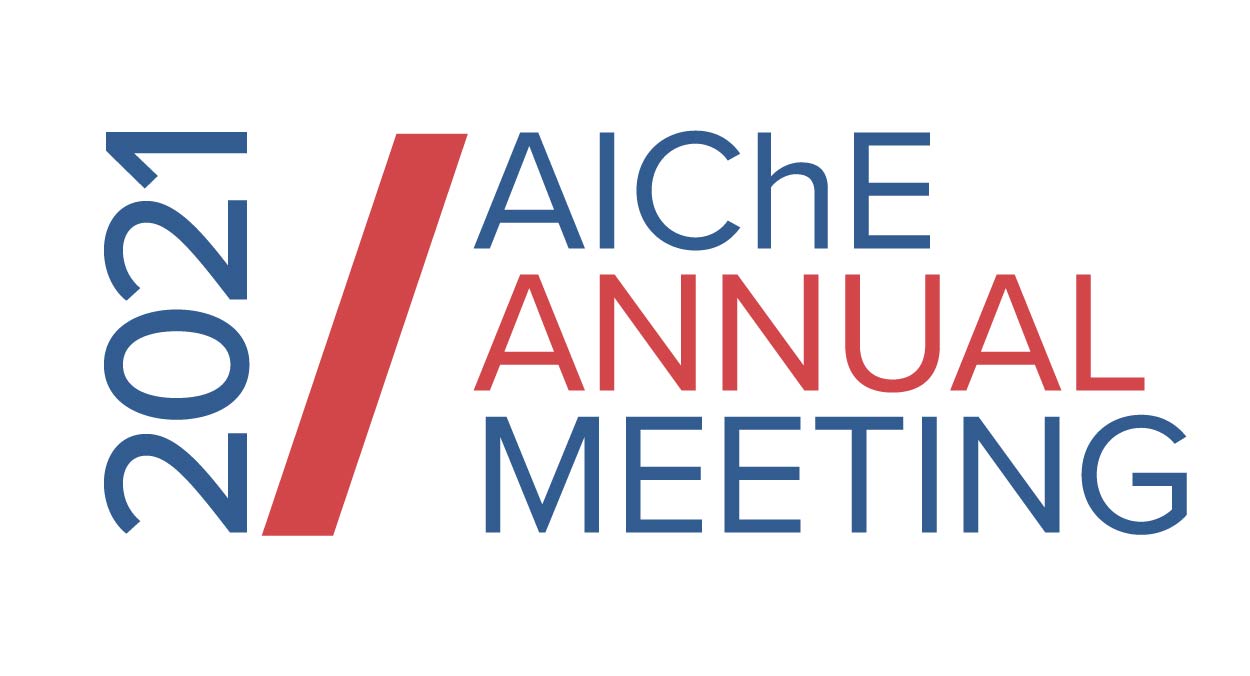

A significant subset of Alzheimer’s Disease (AD) patients exhibit low bone mineral density and are therefore more fracture-prone relative to similarly aged neurotypical populations. In addition to chronic immune hyperactivity, behavioral dysregulation of effector peripheral sympathetic neurons (SNs) – which densely innervate bone tissue and potently regulate bone remodeling – has been implicated in this pathology. The current clinical “gold standard†for stimulating functional regeneration of damaged bone tissue involves the implementation of harvested autografts; however, positive outcomes are limited due to finite donor availability, donor site morbidity, complex grafting procedures, and high engraftment failure rates. Thus, there exists a pressing need for a robust in vitro model which can be applied toward generating novel tissue engineering treatment strategies – one which faithfully recapitulates the paracrine interactions observed between the predominant mediators of Alzheimer’s related osteopenia: SNs and mesenchymal stem cells (MSCs). Toward this end, we cocultured activated SN-like PC12s and human MSCs (hMSCs) in a poly(ethylene glycol) diacrylate (PEGDA) transwell architecture.The presence of SN-like PC12s and inflammatory culture conditions exerted differential effects on the osteo-regulatory profile of hMSCs. TNF- induced a significant decrease in angiogenic factor VEGF, and osteogenic factor BMP-2, in hMSCs irrespective of coculture with PC12s; however, the effects of PC12 coculture dominated in generating a decrease in COL1A1, the predominant structural protein in bone. Furthermore, the combined effects of PC12 coculture and TNF- stimulation engendered a nearly 10-fold reduction in OPN, a regulator of bone mineralization. These results support the hypothesis that activated SN-like PC12 cells indeed potently inhibit the osteogenesis of hMSCs.
Presenter(s)
Once the content has been viewed and you have attested to it, you will be able to download and print a certificate for PDH credits.
If you have already viewed this content,
please click here
to login.
